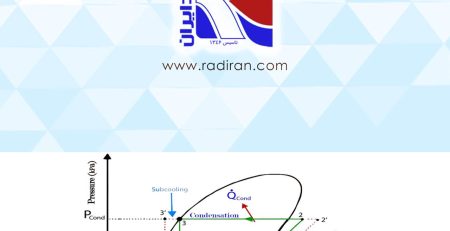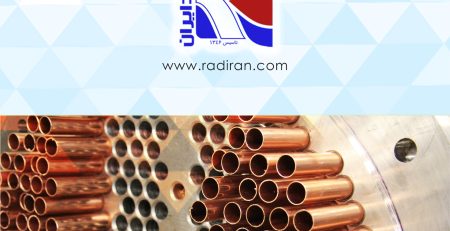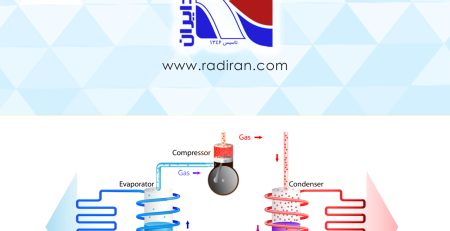The dew point and the Bubble point
The dew point on fins in fin tube coils refers to the temperature at which air becomes saturated with moisture, leading to condensation on the fins. In the context of HVAC systems, when the air passing over the fin tube coils cools down to the dew point, water vapor in the air condenses into liquid water on the coil fins. This condensation can impact the efficiency of heat exchange and may lead to issues like corrosion or microbial growth if not properly managed. Controlling the dew point is crucial in HVAC design to avoid these problems and optimize system performance.
In HVAC (Heating, Ventilation, and Air Conditioning), the term “bubble point” is often associated with the refrigeration cycle. The bubble point is the temperature at which the last trace of liquid in a mixture of refrigerant and oil vaporizes, turning entirely into a vapor or gas.
During the refrigeration process, the refrigerant undergoes phase changes from liquid to vapor and back. The bubble point is crucial because it indicates the minimum temperature at which vaporization starts. Below this temperature, any additional decrease in temperature would result in the formation of liquid refrigerant.
Understanding the bubble point is important in designing and optimizing HVAC systems to ensure that the refrigerant is effectively utilized for heat exchange and temperature control within the system. It is a key factor in determining the operating conditions and efficiency of the refrigeration cycle.












